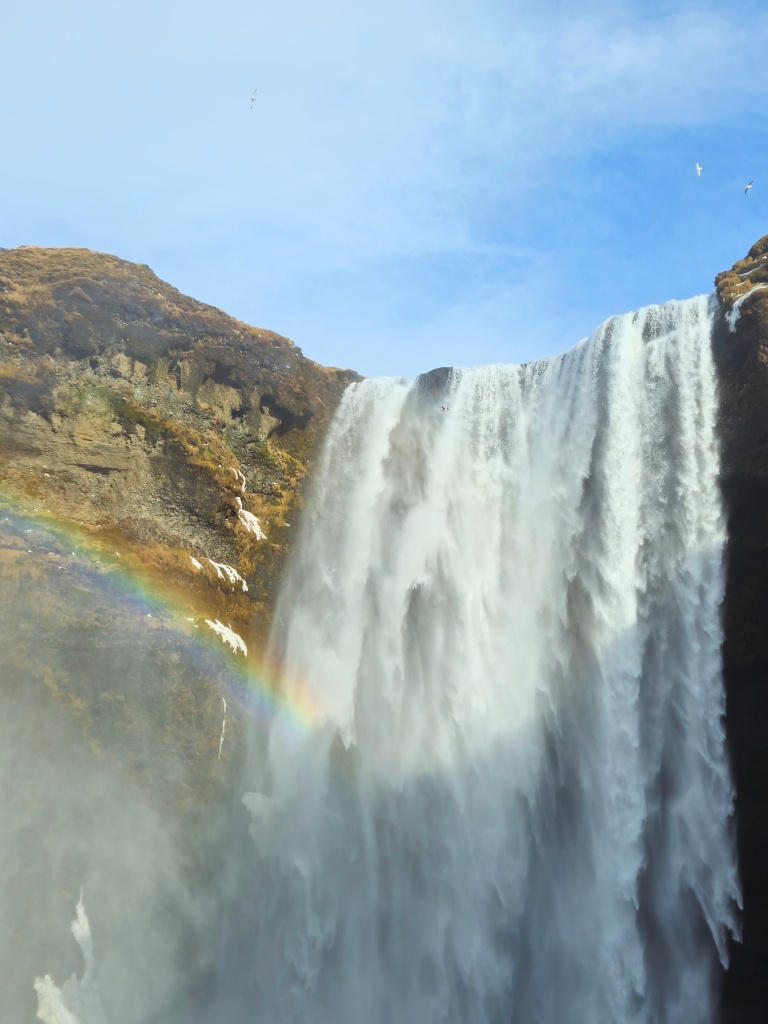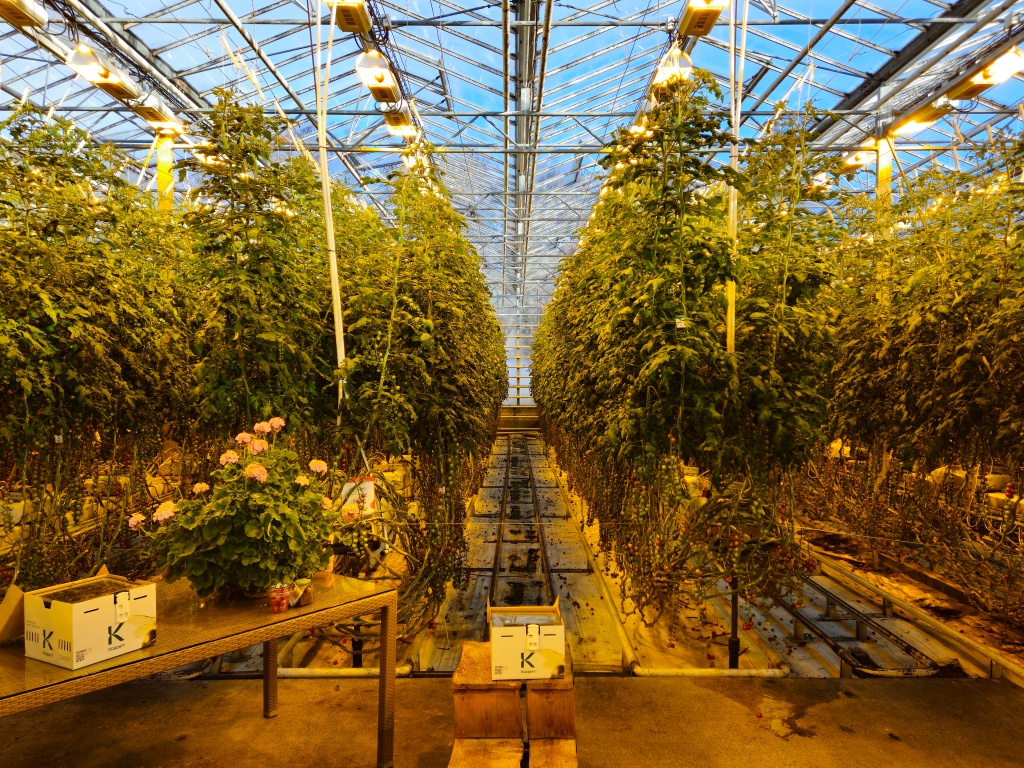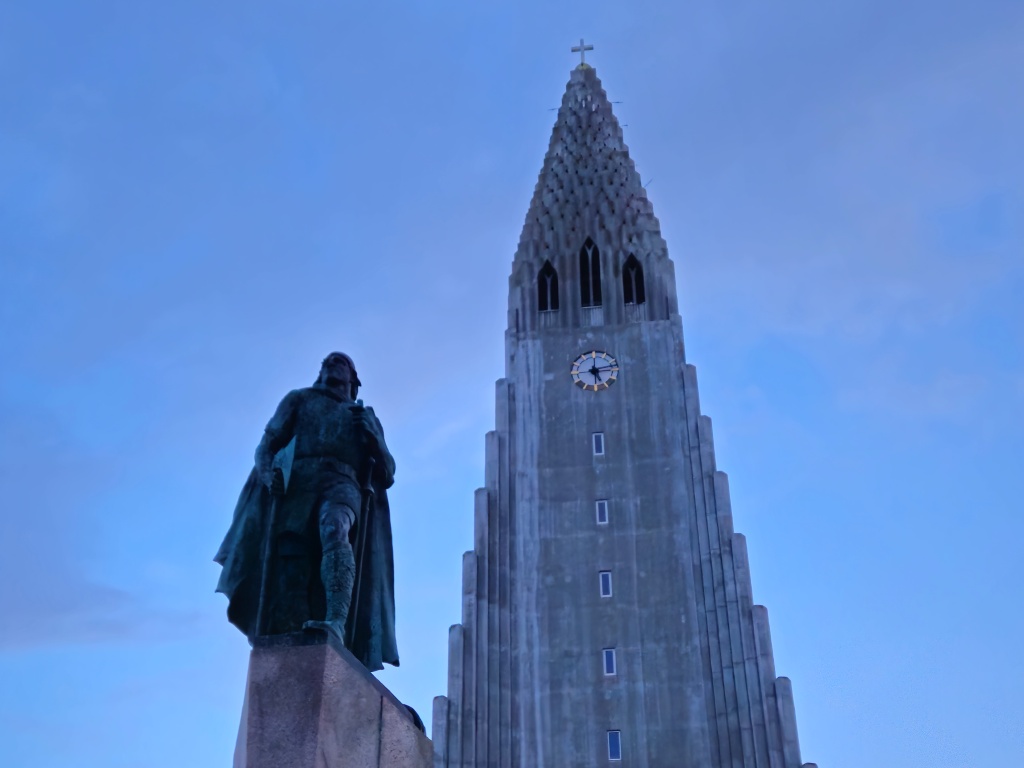
Written by Jixiang Wang
Iceland, often called the land of fire and ice, is a beacon of sustainability and natural beauty, especially highlighted through its pristine water resources. As a nation committed to environmental preservation and the innovative use of renewable energy, Iceland is a fascinating example for eco-conscious individuals and governments worldwide.
The Clean Water
The purity of Icelandic water is unparalleled, whether sourced straight from a tap or collected from one of the country’s majestic waterfalls. Visitors frequently report that the water not only tastes refreshingly clean but also leaves a noticeably pleasant sensation, enhancing the overall perception of Iceland’s natural wonders. The fact that all water in Iceland is potable speaks volumes about the country’s exceptional environmental standards and practices.

New Clean Power
Iceland’s commitment to sustainability extends beyond its remarkable water quality. The nation is a global leader in utilizing geothermal and hydroelectric power, showcasing a profound commitment to sustainable and renewable energy sources. This reliance on natural resources for energy production not only helps reduce greenhouse gas emissions but also demonstrates the potential of renewable resources to meet the energy needs of a country. Iceland’s approach to harnessing these resources provides valuable lessons on the benefits of investing in sustainable energy technologies.
Greenhouse Agriculture
Iceland has also made significant strides in agriculture by developing greenhouses that utilize geothermal heating. This innovative technology has revolutionized how Iceland approaches food production, reducing its dependence on imported goods. By leveraging the natural heat from the earth and the clean energy generated from its rivers and waterfalls, Iceland has cultivated various fruits and vegetables locally. This innovation supports the national economy by reducing the need for imports and ensures a fresher, more sustainable food supply for its residents. The greenhouses represent a powerful example of how renewable energy can lead to self-sufficiency in food production.

These advancements in renewable energy and sustainable agriculture signify a strategic shift in Iceland. The country is moving away from an overreliance on traditional industries and imports towards a new era of sustainable development. By integrating advanced technologies with abundant natural resources, Iceland proves that environmental preservation and economic growth coexist harmoniously.
Conclusion
Iceland’s achievements in maintaining its natural waters, pioneering the use of geothermal and hydroelectric power, and adopting groundbreaking agricultural practices provide inspiring examples of sustainable living. The country’s efforts to protect its natural beauty while harnessing its resources for renewable energy and food production serve as a model for the rest of the world. For visitors like myself, experiencing the clean taste of Icelandic water and observing the nation’s environmental accomplishments not only enhances our admiration for Iceland but also underscores the critical need to protect and sustain our planet’s resources for future generations.
In conclusion, Iceland offers a compelling case study on sustainable living possibilities. It demonstrates that countries can protect their natural environments with suitable approaches and technologies while fostering economic growth and self-sufficiency. The lessons learned from Iceland’s commitment to sustainability and renewable energy are invaluable, providing a roadmap for other nations aspiring to achieve similar environmental and economic goals.


Leave a comment